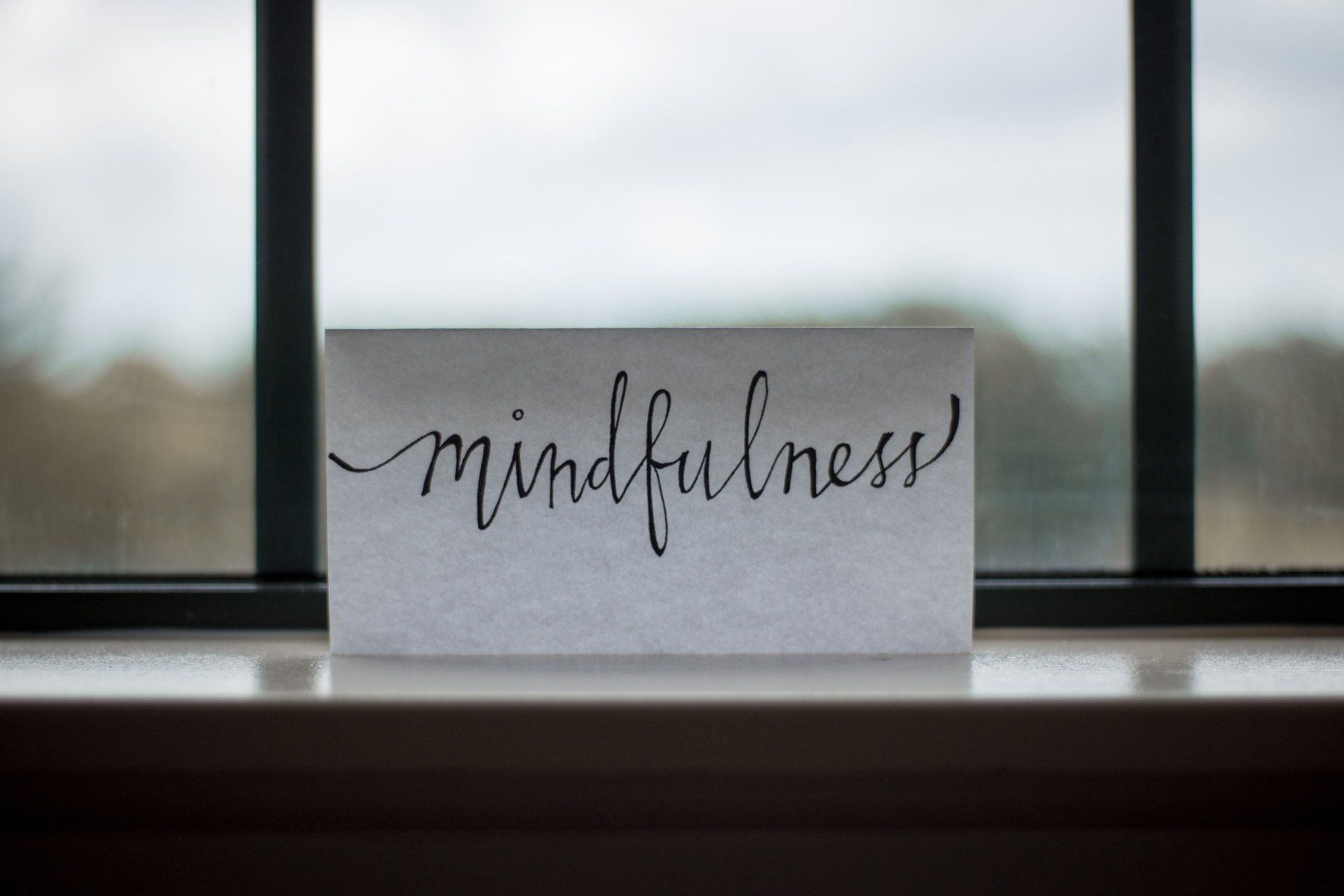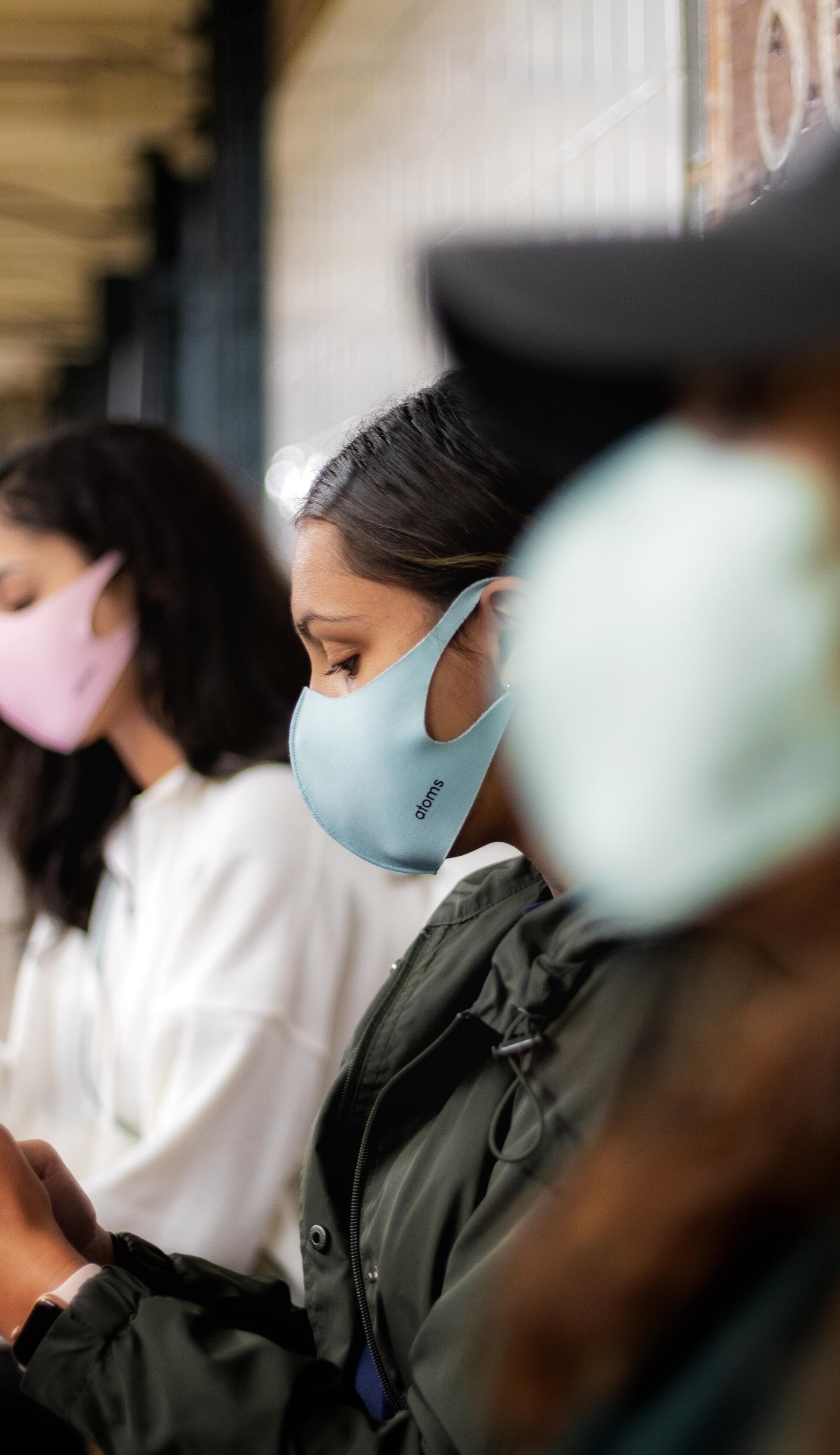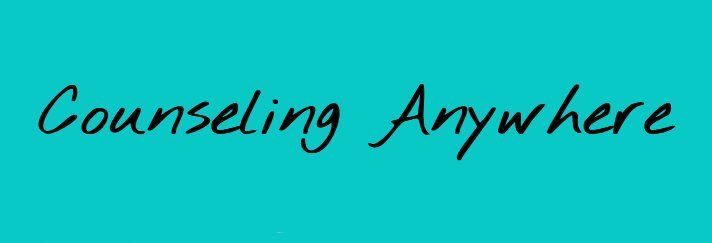Anxiety-Tips on Reducing Anxiety
Abigail Brenner M.D. • April 5, 2020
Tips on reducing Anxiety
Anxiety is a well-known state of mind and each of us will experience it at some point in our lives. For most of us, anxiety will feel uncomfortable — a nuisance to be dealt with the best we can — and will inevitably visit us during some major life occasions/transitions/decisions. For some, it will come more frequently, coloring much of the activities of daily life. For others, it will feel like torture, seeming to control every waking hour and wreaking havoc on a regular basis.
Looked at in the most positive light, anxiety is a “red alert” telling us that something is wrong and requires our immediate attention — and it won’t kill us.
Many of us are able to handle the discomfort of anxiety on our own with no outside intervention, but others may need some help to learn how to manage the mental and physical discomfort, and gain insight and coping skills.
Here are 5 strategies that can help make anxiety easier to deal with:
1. Challenge anxious thoughts.
A lot of thinking is negative and irrational. You may think the worst will happen and may convince yourself that what you feel is going to happen is based in reality, when there may be no actual basis for believing this. You may be so used to thinking about the worst-case scenario presenting itself that thinking any other way has become alien to you. You need to stop and challenge what you believe to be true about what you fear and what negatively occupies your thoughts.
In other words, you need to retrain your thinking to learn to process what happens to you in a different way, instead of jumping into the usual patterns that feed your anxiety. Ask yourself: How do you know your anxious thoughts are based in reality? How likely is it that what you fear will actually happen? Is there perhaps a more realistic way to think about what could/will happen? Can you visualize a more positive outcome?
2. Recognize some negative thinking patterns that foster worry, fear, and anxiety.
Be careful about seeing things as either/or, should/shouldn’t, right/wrong, or black/white with no shades of gray. Be aware of the tendency to exaggerate the negative and diminish the positive. Become conscious of drawing the wrong conclusions based on incorrect, incomplete, and inconclusive evidence. Understand your tendency to jump to catastrophe as the outcome. Be aware of diminishing your own capability to successfully get through a situation. And challenge the imagined scenario of being humiliated, criticized, and judged because you feel you are incapable of rising to the occasion and conquering your fears and anxieties.
3. Cultivate optimistic thinking.
Psychologist Martin Seligman believes that people can learn how to think optimistically. It begins with teaching yourself to keep thinking about the specific, rather than the general — how your worry or fear fits into the bigger picture of your life, rather than becoming the bigger picture of your life — because your life is much, much bigger than any worry, fear, or anxiety will ever be.
article continues after advertisement
The suggestion is that by creating a thinking strategy that explains a problem or issue, you are better able to make a plan to do something about it. In other words, de-personalize the problem; take yourself out of it so you can do something about changing the situation, rather than being part of the problem, where you may feel helpless and powerless to control the situation. Think about situations or problems as temporary and changeable, rather than long-term or permanent. That way, they can change.
Creating a thinking model that places the outcome within your control allows you to manage the situation. Taking even baby steps can lead the way to constructive solutions, rather than feeling overwhelmed, defeated, and stuck.
4. Take a timeout.
Give your brain a break. Take a mental vacation with mindful meditation or a walk in nature. Relaxation and leisure are essential to a full, balanced life. If this is alien to you, it’s time to start scheduling some R&R into your weekly calendar. Yoga, listening to music, self-nurturing (e.g., massage), anything that takes you out of your head and incessant worrying is beneficial to your all-around well-being. And, of course, focus on living a healthy lifestyle — eating well, exercising daily, getting enough sleep, and anything else that helps you express your healthy, whole presence in the world.
5. Create an anxiety toolbox.
During years of practice, I inadvertently (but thankfully) created the idea of the therapeutic "toolbox." I wanted to give my patients tools to manage their own issues, especially when they left therapy. Following are some tools for anxiety that you can carry with you and use whenever the need arises:
Asking questions. Based on past experiences, have a set of questions ready to ask yourself when anxiety hits: Am I blowing the situation, and my anxiety, out of proportion? On a scale of 1 to 10, where does the situation and the accompanying anxiety realistically sit? Have the catastrophic consequences and the worst-case scenario I always worry about ever come to pass? Even if something is really wrong, am I capable of finding a healthier/more satisfactory solution? In other words, create a better reality (and outcome) based on your successful responses to past experiences.
To learn more by Abigail Brenner, M.D., a psychiatrist in private practice. She is the author of Transitions: How Women Embrace Change and Celebrate Life and other books. Click Here

Mindfulness encompasses a variety of definitions although most are similar in concepts. Mindfulness is described as an awareness that arises from purposely paying attention in the present free from any judgements. Mindfulness is a state of awareness of ones emotions, thoughts, and sensations when each occurs. A third definition of mindfulness is a nonjudgmental state of awareness of present experiences. Various interpretations exist dependent on the context in which mindfulness is being examined. For example, mindfulness can be examined in improving emotional regulation and as a coping tool for stress management. Mindfulness is being in the present moment in ones body in a fully conscious state, aware of ones own experiences without judgement or narrative- just being in the moment in the here and now with an acceptance of how things are; being aware of our own thoughts, emotions, sensations without being caught up in them- an outside observer of self with an awareness of the moment. Mindfulness can be used throughout the day when walking, eating, and whenever feeling emotionally “charged” to step back and observe internal experiences. Yoga, meditation, and breathing are a few ways to cultivate mindfulness. Being mindful allows for intentional actions and responses rather than living on autopilot without being aware. The benefits of mindfulness are plentiful, and a regular practice is beneficial for enhancing wellness. Being able to stop and really get into the here and now and out of automatic unconscious living enhances feelings of well-being and an ability to respond more effectively with emotional control. Mindfulness can improve experiences and interpersonal relationships alike. Mindfulness is Intentional Living. Give it a try and see what happens. How do you define mindfulness? How do you cultivate mindfulness in your daily life?

Each day in the United States, an average of 3.1 million COVID-19 vaccines are going into people’s arms. According to an April 9 White House briefing, a quarter of the country's adults are now fully vaccinated. The pandemic is not yet over, but vaccination could soon yield a much more normal life, especially for those who have been vaccinated. The Centers for Disease Control and Prevention, for example, now recommends that fully-vaccinated people can visit with each other indoors and travel without quarantining. But for many, reopening comes with its own set of anxieties. According to APA's Stress in America polling, around half of people say they feel uneasy about readjusting to in-person interaction post-pandemic. Ellen Hendriksen, PhD, a clinical psychologist at Boston University's Center for Anxiety and Related Disorders and author of How to Be Yourself: Quiet Your Inner Critic and Rise Above Social Anxiety , is an expert at clinical strategies for calming anxiety. She spoke to APA about what's driving post-pandemic anxiety and how psychologists can best help. What do you think is driving the anxiety many people are feeling about reopening? Anxiety is driven by uncertainty. There is so much uncertainty right now, from the vaccine roll-out to society reopening to the new normal workplace to the virus and the variants themselves. Every day there is more evidence that vaccines keep us and people around us safe, but there are lingering questions about how long immunity lasts, how susceptible kids are to COVID-19, and when they will get vaccinated. Nobody alive today has ever emerged from a global pandemic into a digital world and navigated this before. We're making it up as we go along, so of course we're anxious. Here at the Center, we have the longest waitlist in our 25-year history. So many people are emerging from the pandemic feeling exhausted, burned out, anxious, or depressed. Collectively, our resources are low, which makes it harder to navigate the layers of uncertainty. How can people handle social anxiety and awkwardness around different levels of comfort as places reopen? The fact that reopening is a moving target makes it difficult to align with other people. You and your bubble might be ready to dine in at a restaurant or get on a plane, but the family next door might have a child who is immunocompromised and is living as they were in January. There are more variables to manage compared with before the pandemic. Plus, social anxiety is driven by avoidance, and we've all been avoiding social interactions for the better part of a year. The fact that we're all rusty is going to make us feel wobbly as we re-enter. It's OK to say we don't know how to do this, and it's OK to ask people what they're comfortable with. That normalizes the uncertainty and awkwardness, and it's quite validating to say, “What are we doing?” or “How does this work?” It can help you feel like you are united with the other person against this larger problem, as opposed to negotiating one against the other. This is a strategy borrowed from couples therapy, where it is often highly effective. How can people feel more comfortable with re-entry? There's one question I've been getting over and over from people who struggle with social anxiety. They'll say, "I did so much work pre-pandemic to get to the point where I could give a presentation or raise my hand in class." They’re worried they’ll be back at square one when they are again in large groups. But social confidence is like a muscle. If you have done work on your social anxiety in the past, that architecture is still there. It will feel awkward at first, but it will come back faster than the first time around. As for feeling comfortable returning to everyday activities, there are dozens of points of re-entry. There will be a first time on public transportation, a first time in someone's house, a first time taking a rideshare. We'll work our way up to large gatherings. Just because you feel rusty or nervous doesn't mean you're doing it wrong. It means you're getting back out there. Your brain will recalibrate with experience. We all need love, support, and community. Studies show that the quality of our relationships predict our future health, happiness, and even longevity, so it's worth it to push ourselves a little to get the interaction we all need, even if we are the most introverted of introverts. What should psychologists keep in mind for helping their clients right now? Psychologists have a big job ahead of us. It may be hard to balance supporting and pushing our clients simultaneously. It’s important to support each individual’s comfort level and choices, but psychologists also need to notice and address life-limiting avoidance. These are anxious, uncertain times, but there is also a sense of hope and renewal. It is an honor that we as psychologists get to play a leading role. Article by Stephanie Pappas from the American Psychological Association (APA)

Imagine you are sitting in a car, and you are driving down a lonely highway. Suddenly, in the middle of nowhere, a warning light goes off. Your oil pressure is very low. If you just ignore it and continue your drive, you run the risk of doing serious damage to your engine. You know you can get a tow, but this is going to take a while. As you are considering your next step, you suddenly remember a trick about how you can short circuit the warning light. This would not change anything about the engine—it would still be starved for oil—but the low-pressure signal would no longer be blinking on your dashboard, and you could ignore it more easily. Here’s the question: Should you do it? Unless you are seriously intoxicated (at which point you shouldn’t be driving at all), you won’t hesitate to say “no” to that impulse. Rightly so. Turning off the light will not do anything for you. The light is just the messenger, and not the problem in itself. Instead, you would be better advised to take in the information and deal with the situation. This is easy and intuitive to understand when it comes to external problems like car maintenance. It’s much more confusing, however, when the problems occur internally. When we are confronted with difficult emotions like anxiety, depression, stress, grief, anger, or loneliness, we are quick to search for the off-button on our emotional dashboard instead of taking in the messages they contain. Make it stop! Give me the wine and cigarettes. Let me cancel this appointment. Engage me on social media. Show me the movies and video games. Do whatever, but just make it stop! This is often our first response when difficult emotions show up: We try to mute the signal. But emotions are not the problem. They are merely messengers. And the messages they carry deserve at least to be heard. They often contain important lessons, and can call us to helpful actions. Often they show us opportunities. What Emotions Can Signal Fear might show us that danger is up ahead, and we better prepare ourselves. Loneliness might urge us to prioritize close relationships. Grief might open us up to what is important and meaningful to us, while calling out for social connection and support. Your dashboard doesn’t need to be covered up. It needs gentle attention. No, the dashboard isn’t everything—you still have a road to see and navigate. When emotions arise, you can ask yourself: “What am I feeling right now?” and “Where can I feel it?” and “What does my emotion ask me to do?” and “What does this suggest I am yearning for?” No one turns their driving over to a dashboard, but questions like these help our emotions play their proper role. If it were just negative emotions, this “turn off the indicator” move would be bad enough, but we are similarly incompetent when it comes to positive emotions. Imagine noticing on your car’s dashboard that your fuel tank is full. Oh, joy! You want it to stay this way, and so you decide to rewire so that the gauge always remains full. And people avoid positive emotions too! When we feel joy, we sometimes focus on how we will feel when it goes away, so we try never opening up to joy at all. That would be like the person who just disconnects the fuel gauge altogether so that she will never be disappointed when the fuel runs out because she never allowed herself to notice it was full in the first place. All of this is self-defeating, and yet it’s exactly what many of us do when we feel happy or sad or anxious or hopeful or depressed or satisfied. We like feeling this way, and never want it to stop, and so we cling onto this pleasant feeling, in the hopes of never losing it. Or we detune so it won’t be noticed when it stops, as if being numb is the definition of happiness. We dislike feeling this way, so we push it away as if feelings are the enemy. Feelings are not just about like and dislike. They are how our past and present impact us. They help train our ability to notice what is present, based on what we’ve experienced in the past. They’re like dashboard gauges that help us adjust to the challenges of our life journey. Emotions are temporary. They aren’t meant to be avoided, nor are they meant to be clung to. They are meant to come and go, flowing through you in their own time. They contain important lessons when things are off, and beautiful rewards when things fall into place. Allowing emotions to be there when they occur, to listen closely to their message, to feel them fully with neither clinging nor needless defense, allows them to serve their proper role. Your emotions are not the problem, so feel fully, embrace the change, move forward, and learn how to drive. For more on the Author: Steven C. Hayes, Ph.D.


